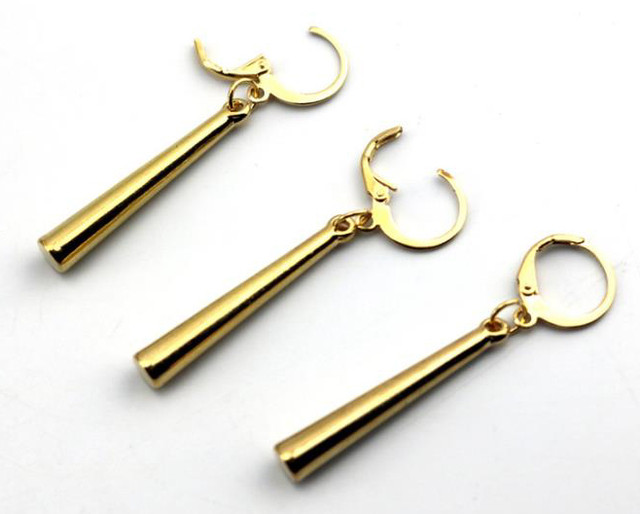My Favorite Animation Anime Collectable

Ironically, the two aspects of working in an animation studio that I liked the best, outside of the paycheck, are now both gone. Animation cell setups hold a fascination for me, even today. I started a collection of animation cells from the many studios where I worked long before the animation Anime Collectable frenzy of the 1980s. Before then the studios would throw out their old art. Years later I read about a man who was arrested for taking some animation cells out of the trash behind an animation studio for “art theft”.
Right at the beginning of the animation art boom I walked into an art gallery located in a mall and saw a framed cell of Mickey Mouse from the film Steamboat Willie (1927) on sale for several hundred dollars. “What’s this?” I asked the sales lady.
“It’s an animation cell from Steamboat Willie, the first animated talkie,” she replied.
“I know it’s suppose to be from Steamboat Willie,” I said, “but how was it made? It’s not a production cell.”
“Yes, it is,” she lied.
“No, it’s not,” I insisted. “Steamboat Willie was made in 1927. I have animation cells ten years old that are more yellowed than this. Disney used to wipe the paint from his cells in order to use them again and this one looks like the paint is still fresh.”
“Well,” she said, “it’s an official collector’s cell, made especially for the animation collectors market.”
I realized my animation cell collection, being of real animated film production cells, suddenly just jumped up in value, from nothing. But with these “limited edition collector’s cells” being mass produced, the whole idea of collecting a piece of animation history was being polluted and flooded with pirated bootlegs.
Years before anyone took animation art seriously as collectible art, although I had already started my collection, a producer in a studio where I worked had an original animation cell of Walt Disney’s Snow White and the Seven Dwarfs thumb tacked to his office bulletin board. It was a 16 field (extra long) cell of the wicked witch holding the apple dripping with poison and was in remarkably good shape for its age.
One day I told him he’d better take it home or someone would steal it. He laughingly insisted that no one would steal it but stopped laughing when I again told him that if he didn’t take better care of it, it would disappear. I was going to take it. I didn’t say that part but he understood and he took it home with him that night. Many years later I rode an elevator with him at Disney and told him I had recently read a newspaper story about a cell described exactly like his going at auction for thirty thousand dollars and asked it was his.
“No,” he said, “I always keep mine in a safe deposit box.”
“You’re welcome.”
The other thing I’ve always loved about animation and has now gone the way of the dinosaur is the pencil test. When the first stages of animation are complete the drawings on paper are shot so the animator can see how the scene will look before it’s painted. Pencil tests are eerie and ghostlike as the pencil drawings seem to come to life on the paper. It’s the most magical aspect of animation but now that the actual drawing is done by artists overseas, we in the US don’t see the product until it’s finished. Once colored it becomes just another cartoon. I miss the magic.